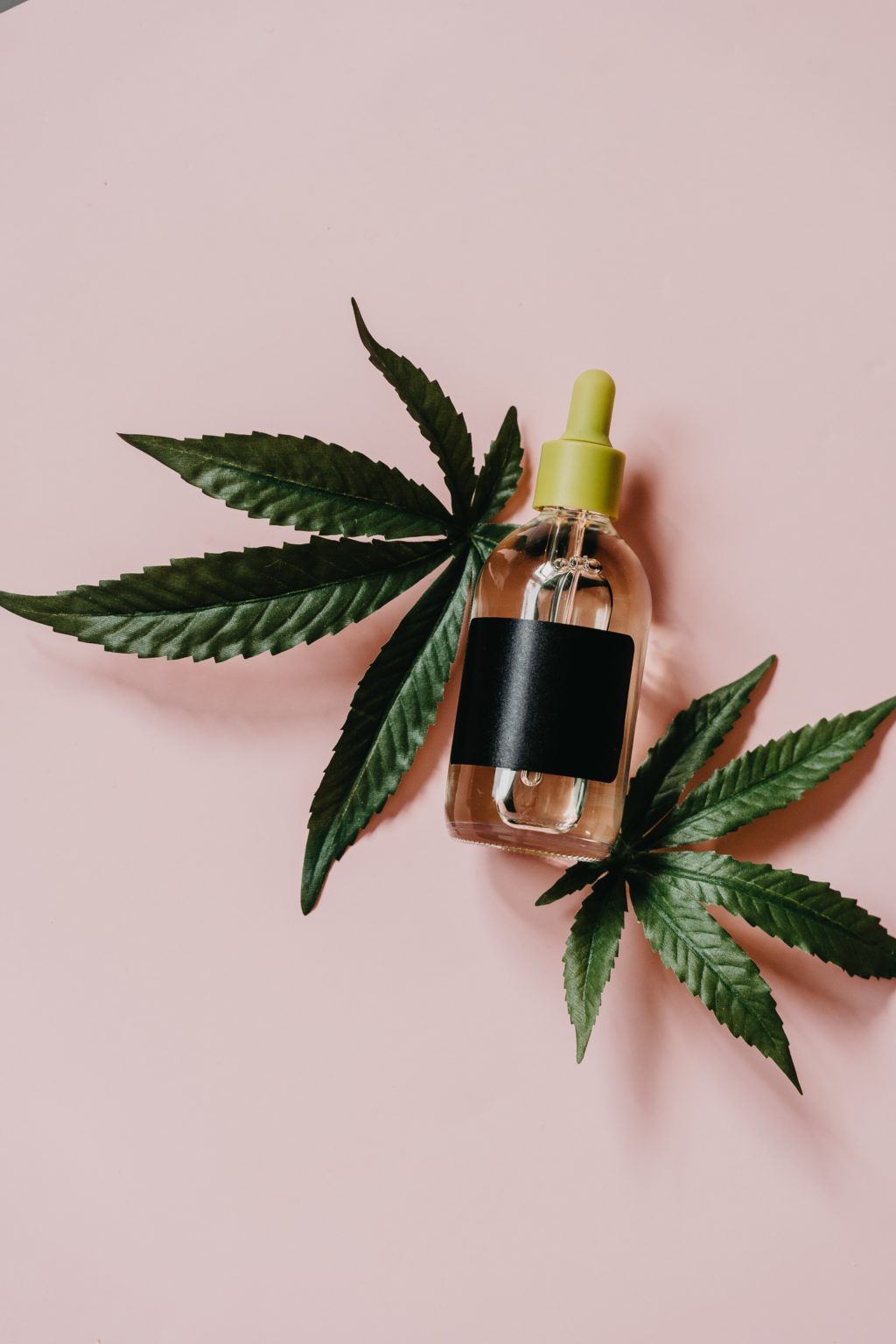France first permitted the use of medical cannabis back in March of this year. However, its use is strictly regulated, and only available under a limited number of circumstances in a limited number of forms; medical cannabis for smoking, for example, is still prohibited. This use of medical cannabis is distinct from France’s recent authorization and the resulting widespread availability of CBD.
Is Medical Cannabis Legalized in France?


With medical cannabis experiments now in progress in France since March of this year, the use of cannabis in a medical context is partially authorized in France, given certain very strict conditions are met.
You can follow more developments in this story, along with other developments around the world by downloading our free companion cannabis news app.
A Two Year Medical Cannabis Experiment
Since 26 March 2021, 3,000 French patients suffering from serious illnesses (epilepsy, neuropathic pain, multiple sclerosis, etc.) have been undergoing a large study into the use of medical cannabis. They will be treated with therapeutic cannabis for a total of two years throughout the study period.
The medical cannabis they are being provided with comes in the form of oils and dried flowers for inhalation after vaporization. Smoking cannabis, however, is not available under this protocol.
Medical cannabis is already used in many countries. Already, 22 other countries in Europe prescribe it under various conditions and regulations, including the Netherlands, Germany, the United Kingdom, Portugal, Luxembourg, and Lithuania. Other countries outside the EU also authorize its use, including Canada, Israel, Chile, Colombia, and thirty-three American states use it.
A Very Controlled and Limited Framework
Under the framework, medical cannabis is strictly controlled and can only be prescribed by doctors and dispensed by pharmacists.
Cannabis-based medicines used during experimentation are finished products containing delta-9-tetrahydrocannabinol (THC) and cannabidiol (CBD). They can be presented in different pharmaceutical forms which includes:
- a form for inhalation by vaporisation comprised of dried flowering tops or granules containing THC and CBD;
- an oral form based on extracts solubilised in an oily matrix in the form of capsules or an equivalent pharmaceutical form containing THC and CBD, or;
- an oral or sublingual form based on extracts solubilised in an oily matrix containing THC and CBD.
Prescription of medical cannabis in its various forms is limited to the following conditions:
- neuropathic pain refractory to therapy (drug or non-drug);
- certain forms of drug-resistant epilepsy
- certain rebellious symptoms in oncology related to cancer or anticancer treatment;
- palliative (end-of-life) situations, or;
- painful spasticity (exaggerated reflex muscle contraction) in multiple sclerosis or other central nervous system pathologies.
Medical Cannabis Not to Be Confused with CBD
CBD or cannabidiol, unlike medical cannabis, is now (but only just recently) widely available in France, so long as it does not contain the THC molecule, another cannabinoid with psychoactive properties. CBD, unlike THC, is a non-addictive asset. Moreover, it is appreciated for its relaxing effects.
On 23 June 2021, the Court of Cassation issued a decision. It specifies that the authorisation of the sale of CBD in France depends on the THC rate (psychotropic molecule). The latter must be less than or equal to 0.2%, which is far below the amount contained in the medical cannabis used in the ongoing trials.
France, which has been reluctant to legalise CBD until now, will have to comply with European legislation. The latter authorises the production and sale of this non-psychotropic cannabis derivative.
It is already available in France in specialised shops. But the French law on its sale remained unclear for these shops. The new regulation provides that “the authorisation for the cultivation, import, export and industrial and commercial use of hemp” be “extended to all parts of the plant”, provided that its THC content – the psychotropic molecule in cannabis – as well as that of the finished products is less than 0.2%.
Relevant Legal texts:
- Decree no. 2020-1230 of 7 October 2020 on the experimentation of the medical use of cannabis
- Order of 16 October 2020 setting the specifications of cannabis-based medicines used during the experimentation
__
(Featured image by Alesia Kozik via Pexels)
DISCLAIMER: This article was written by a third-party contributor and does not reflect the opinion of Hemp.im, its management, staff, or its associates. Please review our disclaimer for more information.
This article may include forward-looking statements. These forward-looking statements generally are identified by the words “believe,” “project,” “estimate,” “become,” “plan,” “will,” and similar expressions. These forward-looking statements involve known and unknown risks as well as uncertainties, including those discussed in the following cautionary statements and elsewhere in this article and on this site. Although the Company may believe that its expectations are based on reasonable assumptions, the actual results that the Company may achieve may differ materially from any forward-looking statements, which reflect the opinions of the management of the Company only as of the date hereof. Additionally, please make sure to read these important disclosures.
First published in reponseatout, a third-party contributor translated and adapted the article from the original. In case of discrepancy, the original will prevail.
Although we made reasonable efforts to provide accurate translations, some parts may be incorrect. Hemp.im assumes no responsibility for errors, omissions or ambiguities in the translations provided on this website. Any person or entity relying on translated content does so at their own risk. Hemp.im is not responsible for losses caused by such reliance on the accuracy or reliability of translated information. If you wish to report an error or inaccuracy in the translation, we encourage you to contact us.



Comments are closed for this post.